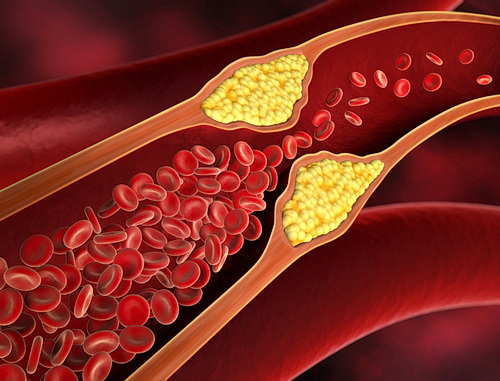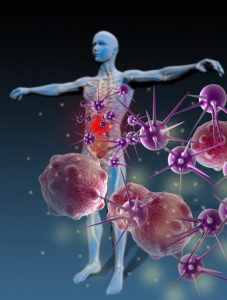Huntington’s disease is inherited in nature and it causes the brain cells to degenerate. It adversely affects one’s ability to function and leads to a number of disorders. The impairment may be psychological, physical, or cognitive. Unfortunately, it is fatal and no treatment has been developed yet to cure this disease.
According to Huntington’s Disease Society of America, there are about thirty thousand symptomatic patients of Huntington’s disease and more than 200,000 are at the risk of inheriting it. It has also been described as having Alzheimer’s, ALS, and Parkinson disease – all at the same time. The symptoms of Huntington’s disease usually surface in the 30s or 40s, but the onset of the disease can be much later or earlier in life. This means that one can be diagnosed with Huntington’s even in their 20s and before, or 50s and later, all depending upon the patient’s genetic makeup. In case of the onset of the disease in the teenage years, the symptoms can be different and the disease can progress much faster.
Symptoms
The symptoms progress over a period of ten to fifteen years, and eventually, the patient loses the battle with heart failure, pneumonia, or some other fatal complexity. Huntington’s is caused due to the genetic makeup of an individual, that is why that despite everyone having Huntington’s gene, only some have its expansion gene which causes the gene to develop. The chance of a Huntington’s patient’s child to inherit and develop the disease is positively present by 50%.
Symptoms include:
- Changes in personality
- Changes in mood
- Feeling depressed
- Weak memory
- Difficult to maintain balance while walking and jerking of limbs
- Difficulty in speaking, swallowing
- Loss of weight
- Disturbed sleep pattern
- Geocentrism
- Anxiety
- Compulsive behavior
Testing
For an adult, having tested for Huntington’s is a personal choice. Many people feel reluctant to get tested as they see no point in knowing what kind of future lies ahead of them if they do have an active Huntington’s gene. Others do want to know so that they can make plans for future accordingly; plans concerned with family in particular.
People under 18 years are recommended not to be tested as they cannot entirely comprehend the consequences and conditions of this disease. Though, in case of Juvenile Huntington’s Disease, tests can be conducted after extensive neurological examination has been done. Prenatal tests can also be done to see if the expected child has the Huntington’s gene and the one that can activate its development.
The diagnosis can be done clinically, through predictive genetic testing, Preimplantation genetic diagnosis, prenatal testing, and differential diagnosis.
Though there is no clue to Huntington’s disease as of yet, but it can be managed with medicines and physical therapy. Educating people about the disease and its development can also help them prevent through family planning, care management and genetic testing. The advancements in genetic research and genetic engineering can hold answers to the questions regarding this disease that still remain a myth.
Donations can be made to the Huntington Disease Society of America.







 The CDC has presented a
The CDC has presented a 
